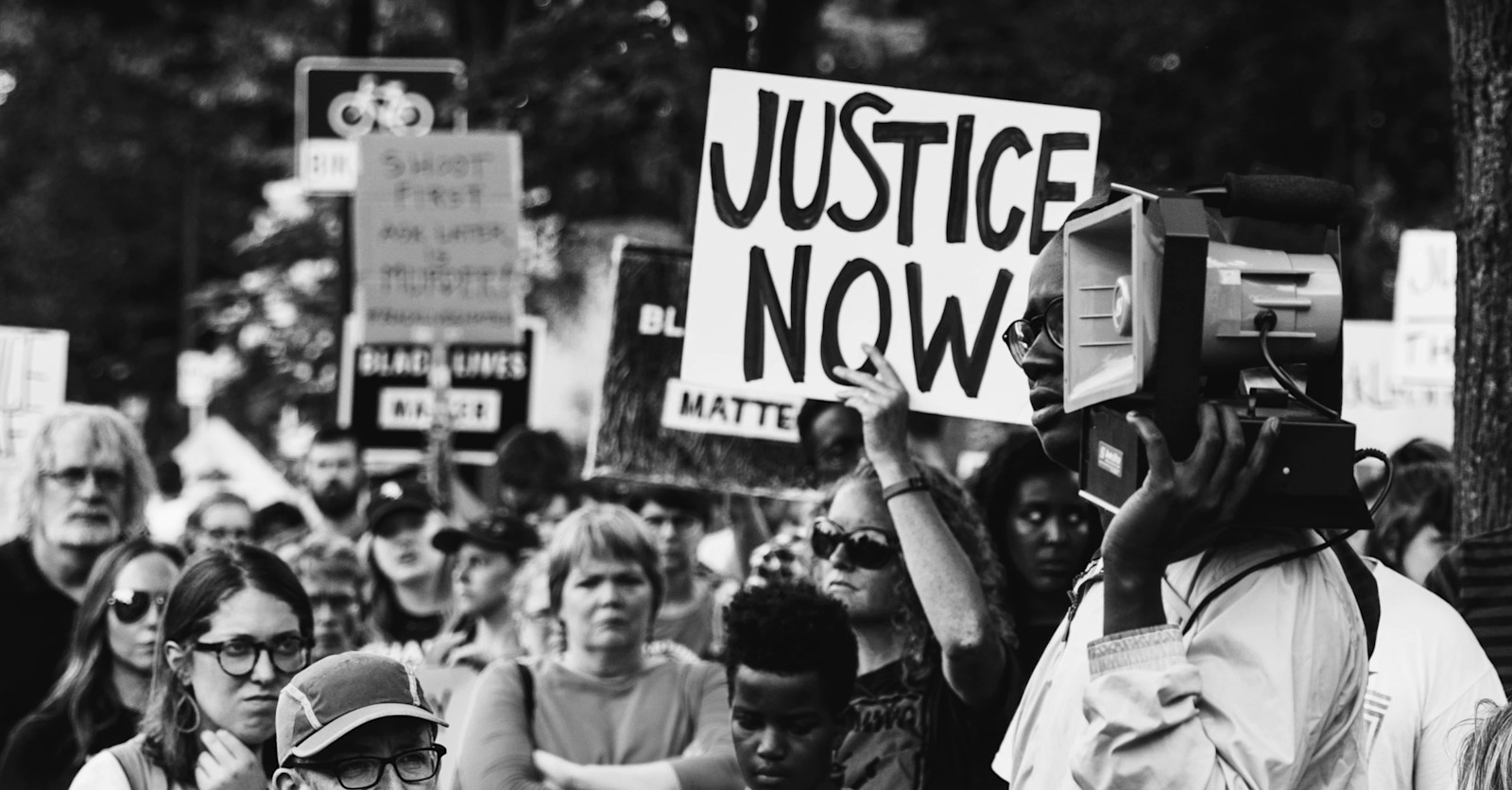"Souls of Our Schools" Are in Need of Healing

As #BlackLivesMatter protests flare up persistently throughout the country, teachers and families who had been mostly concerned about how to sufficiently complete the academic year online now have an unanticipated reality to address in school: widespread civic action in response to systemic racism that targets Black Americans.
Schools are complicit in that systemic racism.
How can schools respond to these immediate events and to the wider social injustices? The city has invested heavily in culturally responsive-sustaining education, which should provide some guidance. But does it do enough to help schools account for their roles in perpetuating inequity? David Kirkland, Executive Director of the NYU Metropolitan Center for Research on Equity and the Transformation of Schools, had this to say.
“We see people on the street every day right now. They're not on the streets just because. They are on the streets for a reason. The first part of this process of healing is acknowledging that something has happened to us. Not just our physical bodies, but also to the souls of our schools. How can we turn the lens of trauma-informed care outward so that we might heal the injured systems that serve our students? Indeed there is another global pandemic that vulnerable children face: the lingering plague of viruses built into our schools. Healing our schools from such ills will take time, but when we go back to them we must heal them before we go back into the curriculum.”
This post is based on a recent episode of the “Extra Help with Inside Schools” podcast. You can find the entire episode here.
When you look at the schools in your life, do you see souls that need healing? Tell me your thoughts in the COMMENTS section.
Please Post Comments